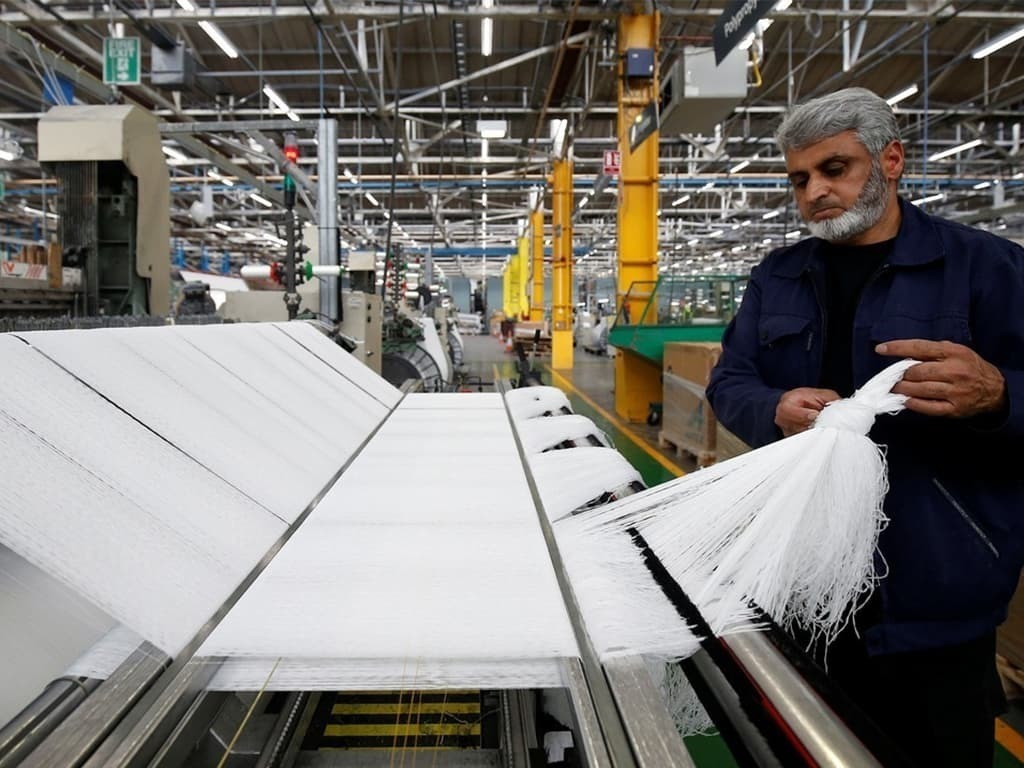ISLAMABAD: Textile sector accounts for 3.4 percent of the Gross Domestic Product (GDP) compared to 7.5 percent for Bangladesh, 5.1 percent for Sri Lanka, 12 percent for Cambodia and 3.5 percent for Turkey, says the Asian Development Bank (ADB).
The ADB in its report, “Global Value Chain, Development Report 2021, Beyond Production,” stated that the textile sector accounts for 54.7 percent of Pakistan’s gross exports and 3.4 percent of its GDP compared to 79.7 percent and 7.5 percent for Bangladesh, 31.3 percent and 5.1 percent for Sri Lanka, 52.8 percent and 12 percent for Cambodia and 17.5 percent and 3.5 percent for Turkey, respectively.
The report noted that a curious case is Bangladesh, which, in spite of stellar 10.5 percent annual growth in indirect exports over 2010–19, remains a laggard in Global Value Chain (GVC) participation, appearing near or at the bottom for both rates. One explanation is that its GVC trade is highly concentrated in a particular sector: textiles and garments. This sector accounts for 79.7 percent of Bangladesh’s gross exports and 7.5 percent of its GDP, the highest and second highest, respectively, out of the 62 economies.
For textiles and garments, Bangladesh’s participation is actually above the world average, beating Pakistan and Sri Lanka. This is because of a development strategy that wisely makes use of Bangladesh’s abundant pool of cheap, low-skilled labor that allowed it to achieve an average real GDP growth rate of 7.4 percent over 2015–19 and to be among the few economies to grow in 2020.
Textile group exports witness 26.55pc growth in 4 months
The report further noted that Bangladesh’s textile and garments industry remains confined to relatively low-value-added segments such as cutting and sewing, and its cost advantage may have been gained at the expense of labor welfare.
The GVCs not only transmit shocks within domestic economies but also play an important role in cross-country transmission. When suppliers in source countries are affected by disasters, it is not uncommon for firms to report production delays and profit losses as their suppliers fail to provide parts and components on time, it added.
The theme of the Global Value Chain Development Report 2021 is, Beyond Production. Most research on GVCs focuses on manufacturing production; in other words, the breaking up of production processes into many discrete steps with a resulting explosion of trade in parts and components. But there are aspects of GVCs that go beyond manufacturing processes; in fact, value added and employment generation in GVCs are depending less and less on manufacturing production.
Copyright Business Recorder, 2021






















Comments
Comments are closed.